The stage from Camp to Annascaul on the Dingle Way is a varied walk that takes you through rolling hills, along rugged mountain slopes, and eventually to the dramatic south coast of County Kerry. It’s a route full of contrasts: quiet country lanes, green fields, wide-open views, and cultural heritage all blend seamlessly along the way.
Soon after leaving Camp, the trail begins a gradual climb with views of the imposing Caherconree Mountain, an 835-meter-high peak crowned by a megalithic fort said to date back to the Iron Age. As you ascend, you’re rewarded with sweeping views over the unspoiled Irish countryside and, in the distance, the Atlantic Ocean.
The path continues along rural tracks toward the southern coastline of the peninsula, eventually reaching the iconic Inch Beach. This vast sandy beach, made famous by the film Ryan’s Daughter, is a perfect place to pause, with nearby cafés and pubs where you can enjoy a snack or drink with a sea view.
Just before arriving in the village of Annascaul, you pass by Lough Anscaul, a picturesque glacial lake nestled in a broad U-shaped valley. In the surrounding fields, you will find ancient standing stones, silent witnesses to the region’s long history. The day ends in the charming village of Annascaul, the birthplace of the renowned Irish polar explorer Tom Crean. A visit to his former pub, The South Pole Inn, makes for a perfect conclusion to this stage. Here, you can not only relax and recharge, but also learn more about Crean’s heroic Antarctic expeditions.



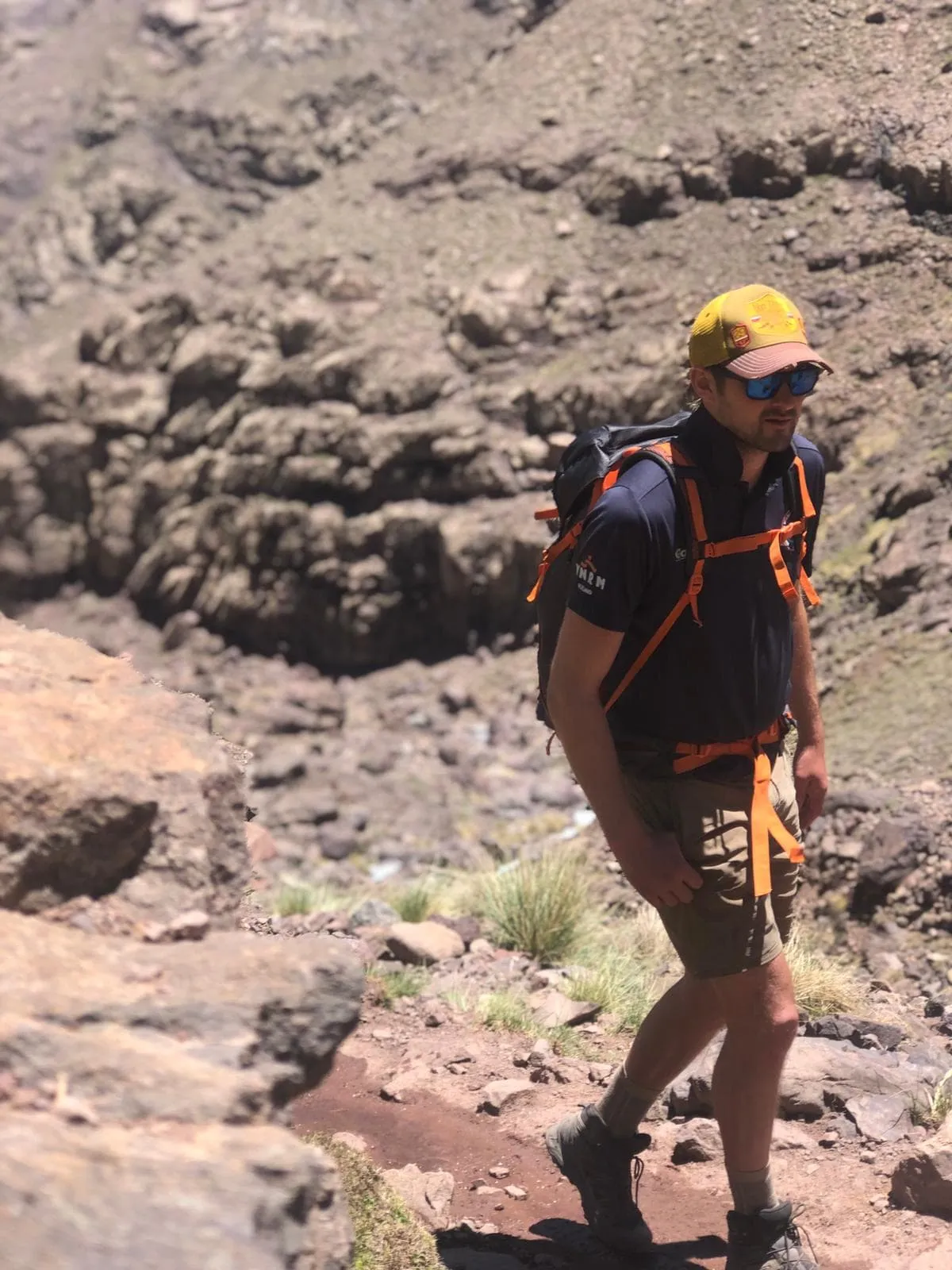
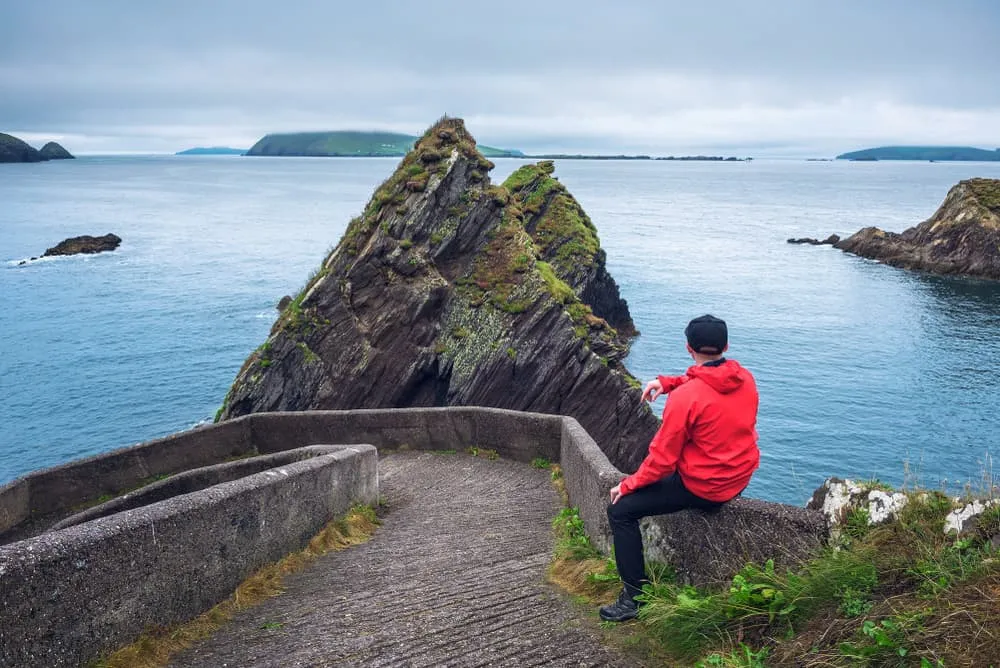
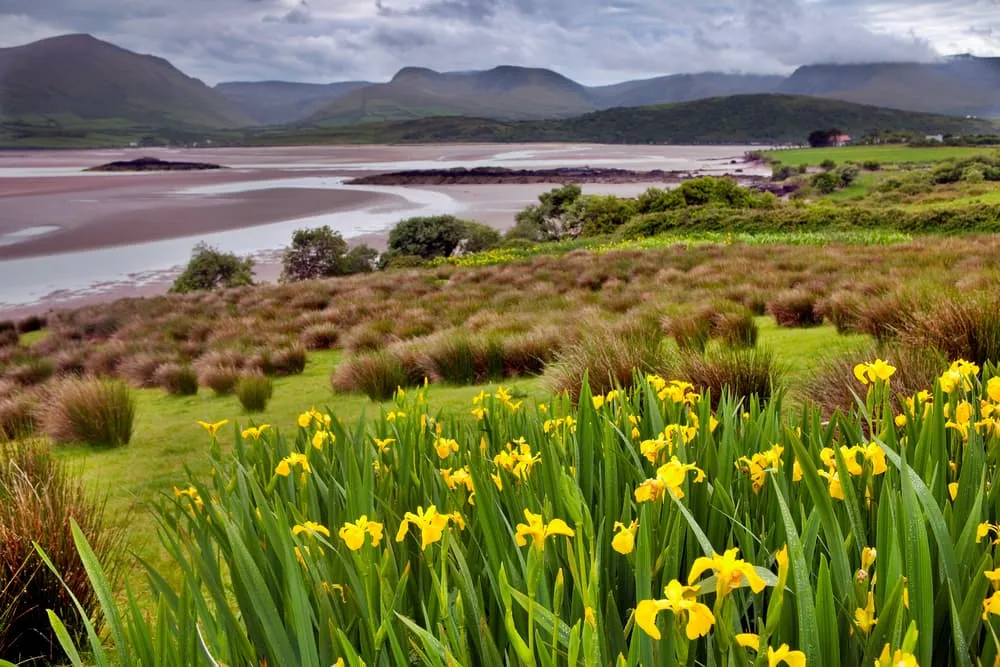
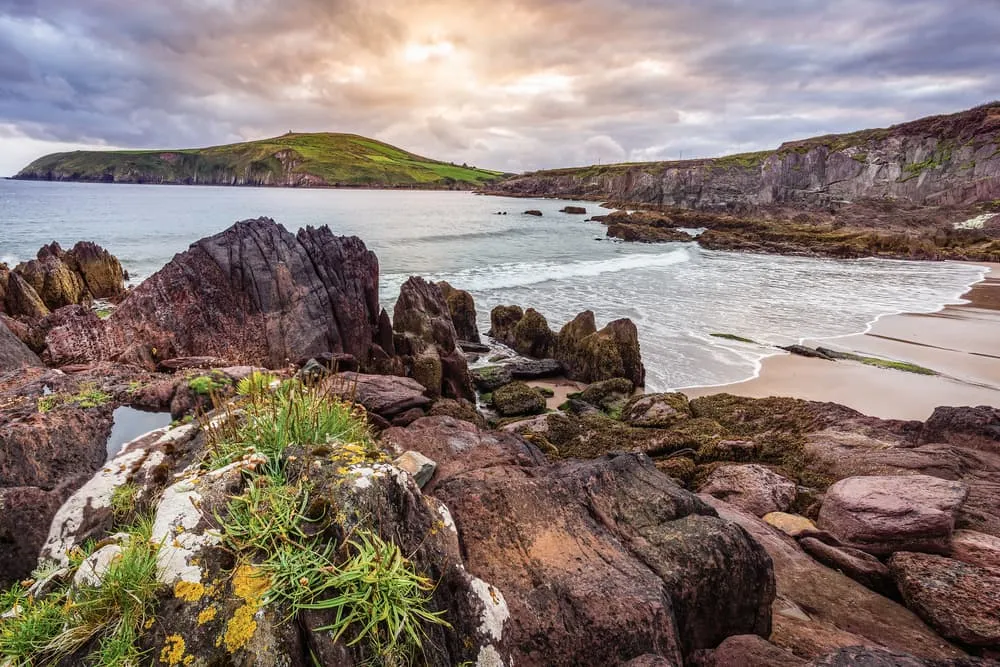


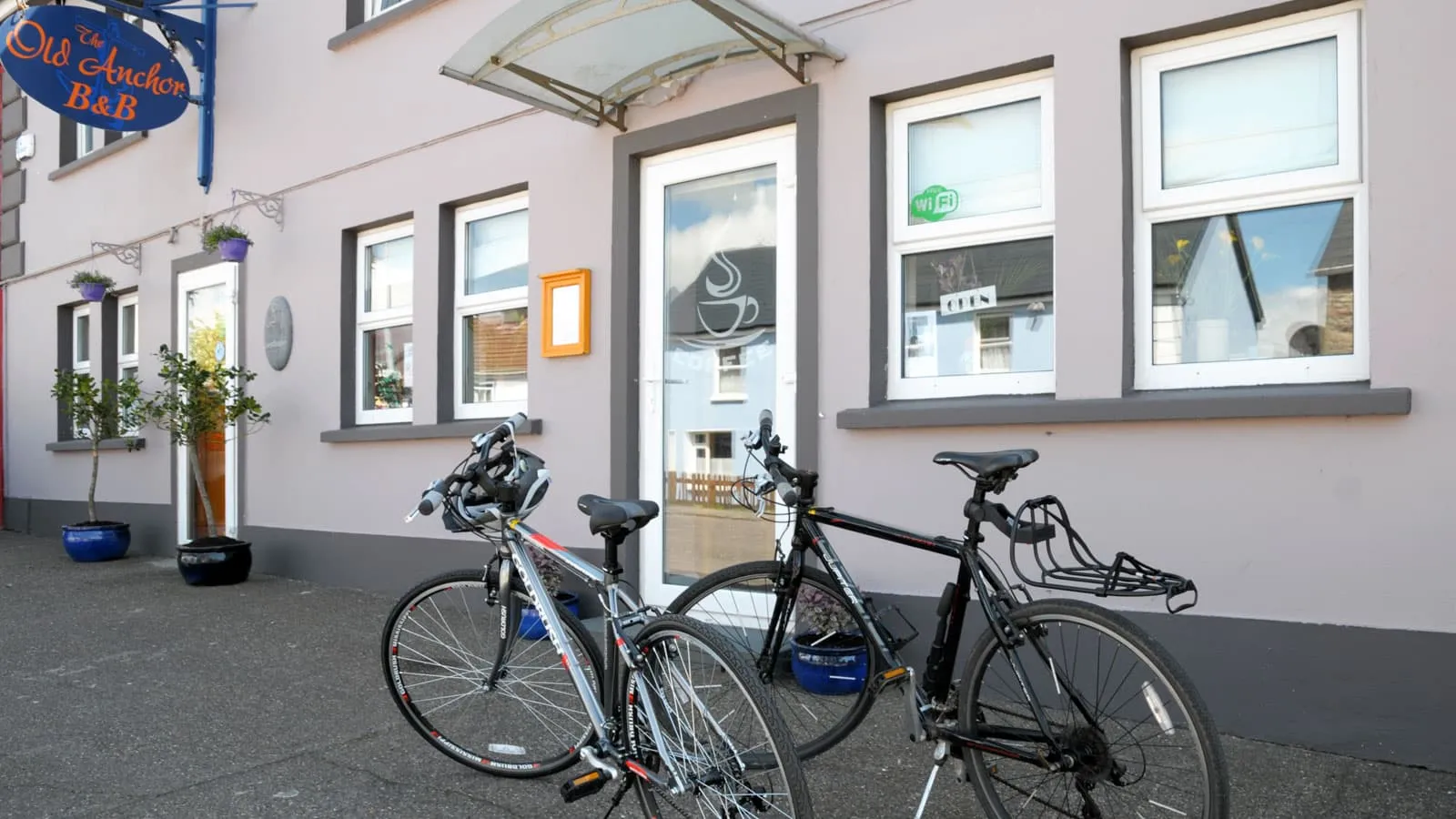
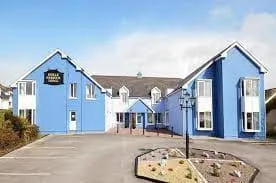
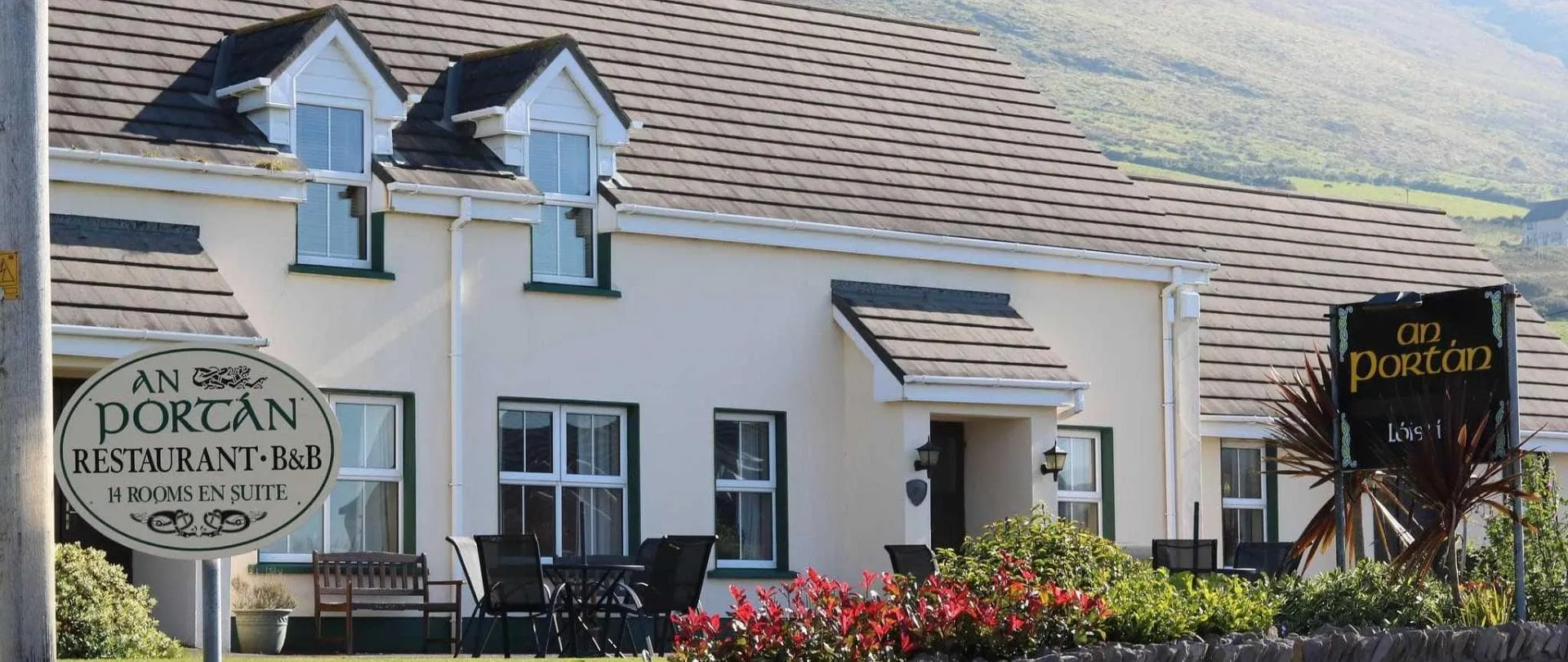
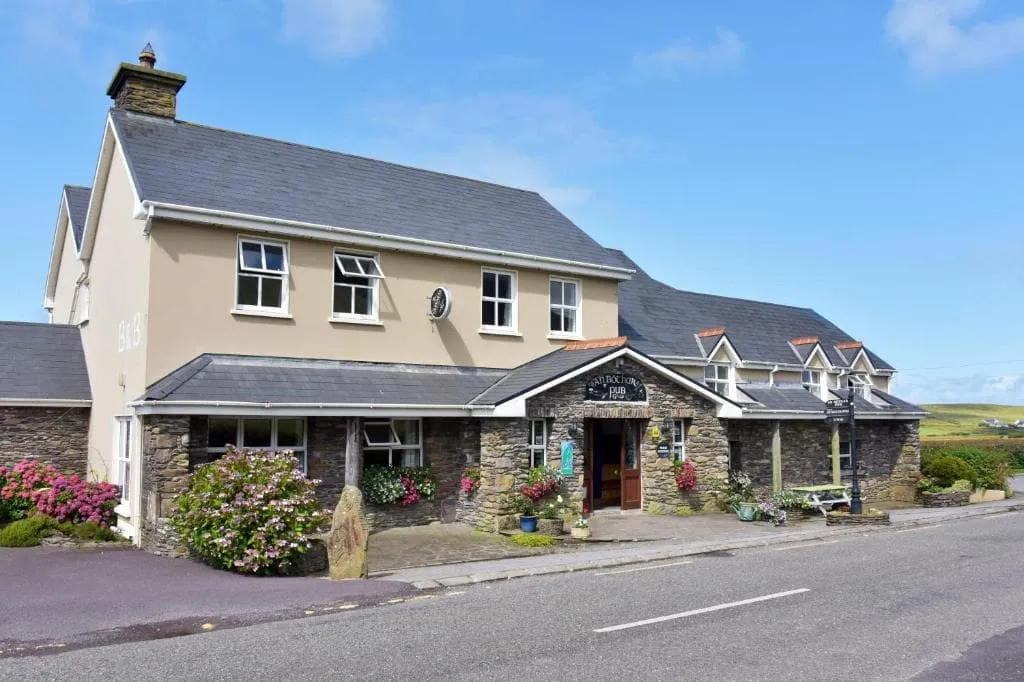
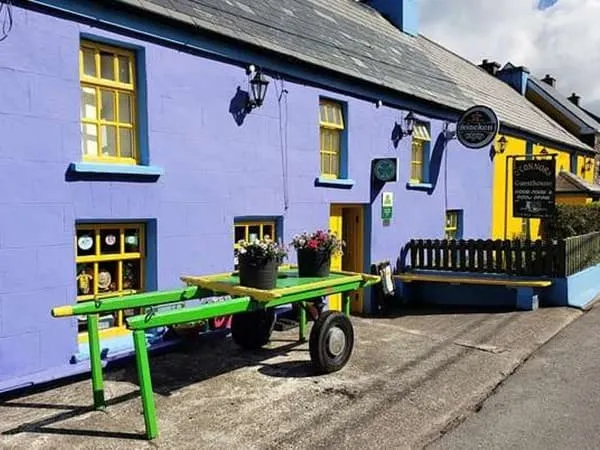
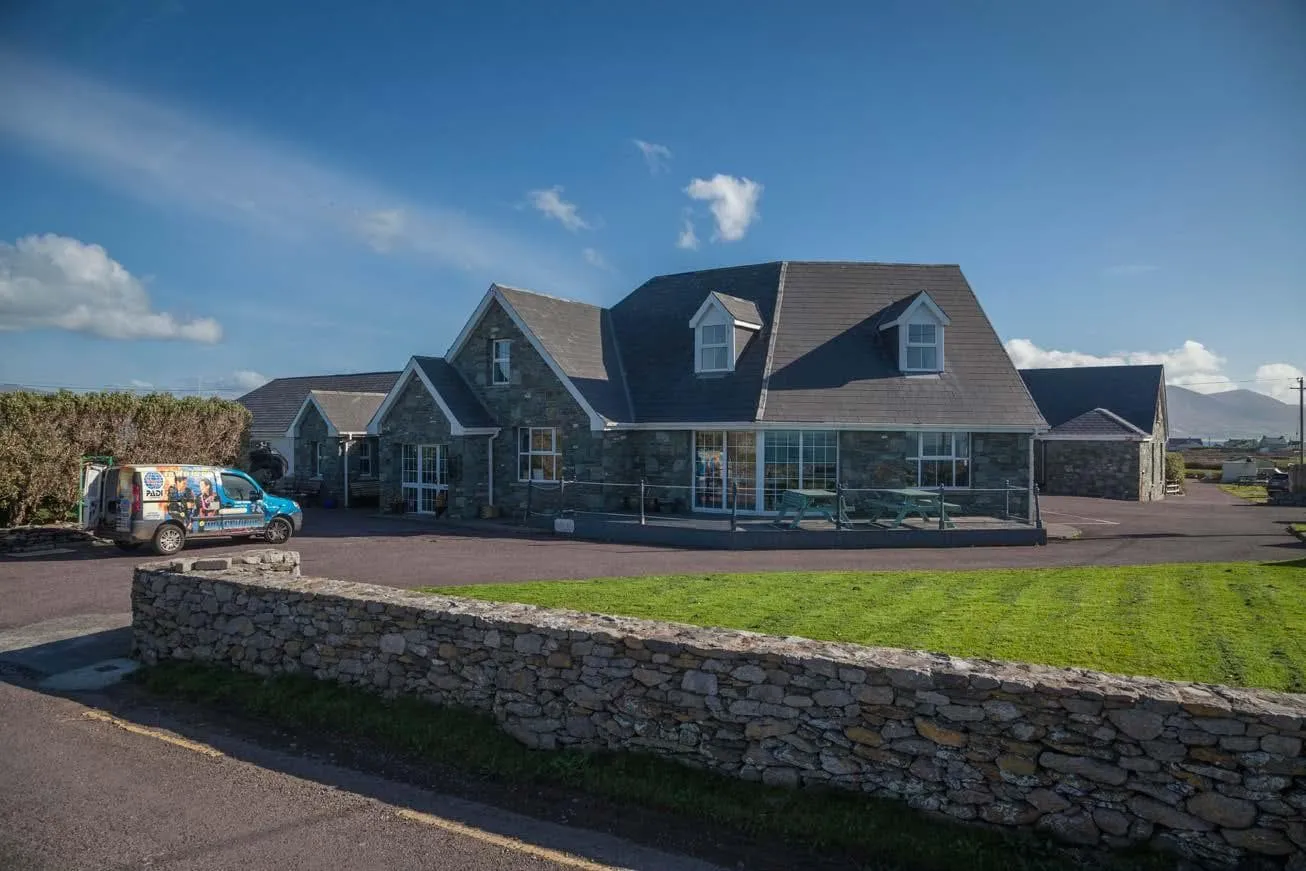
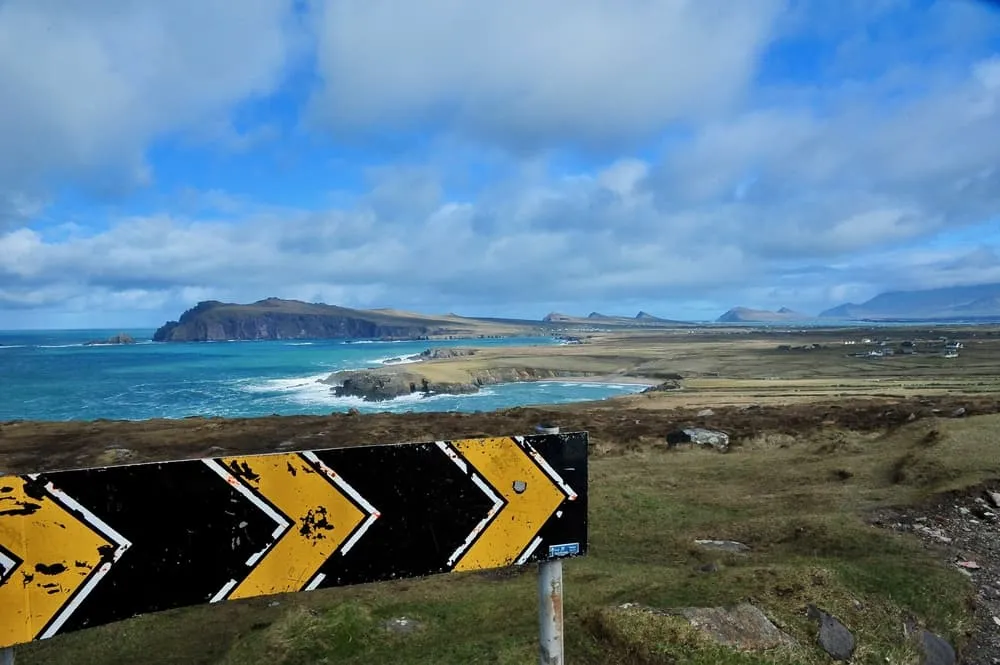
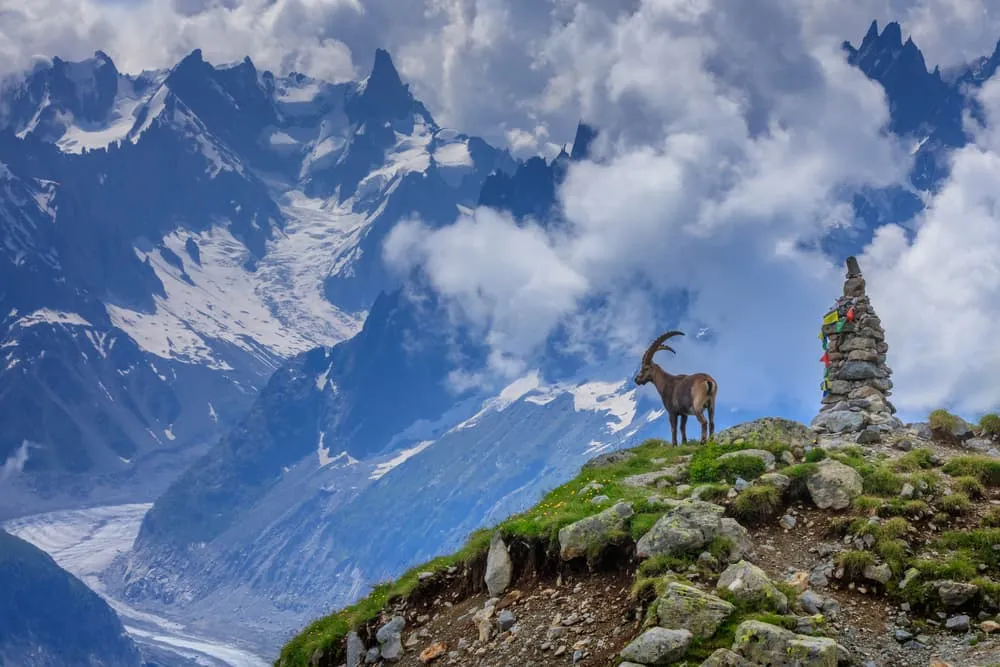
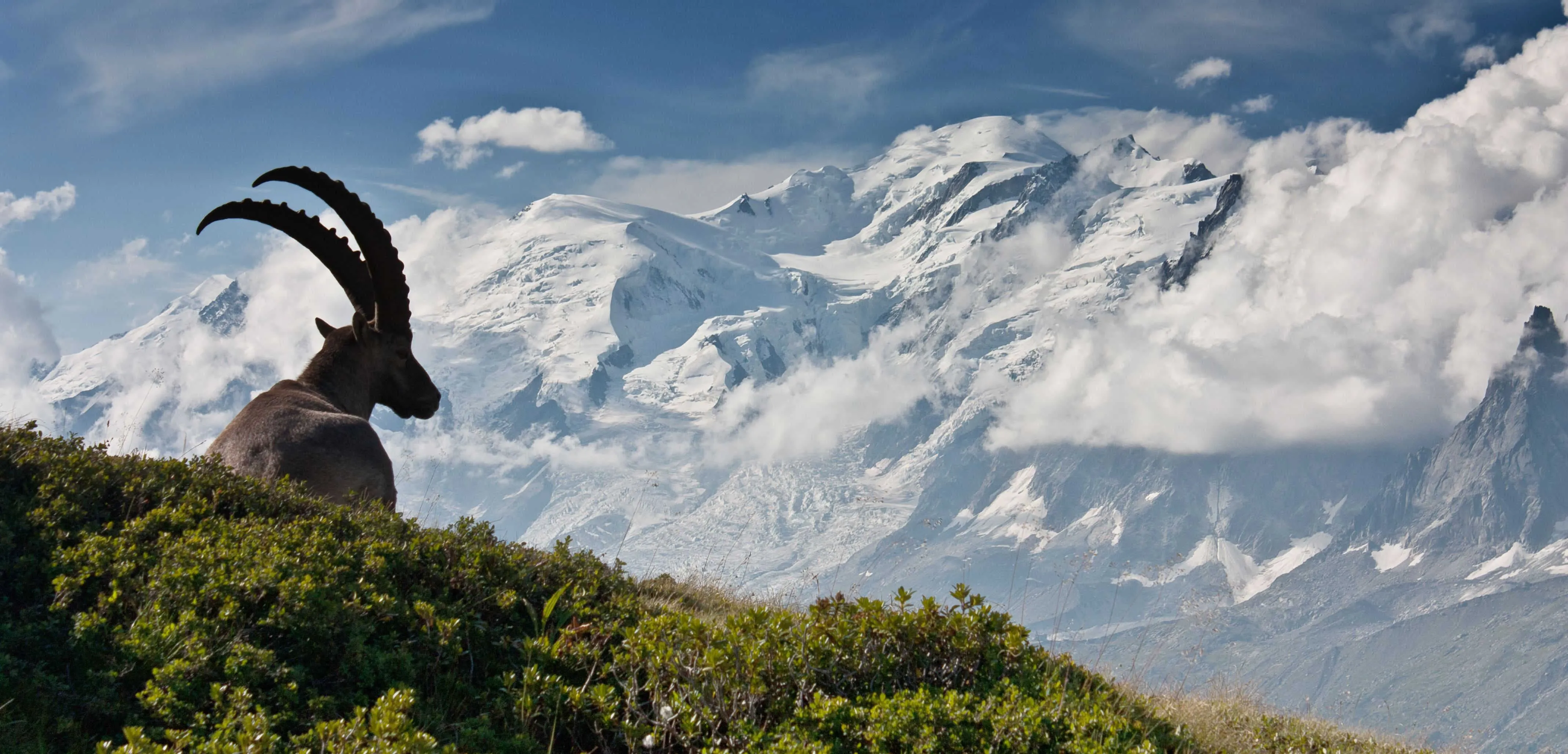
Comments